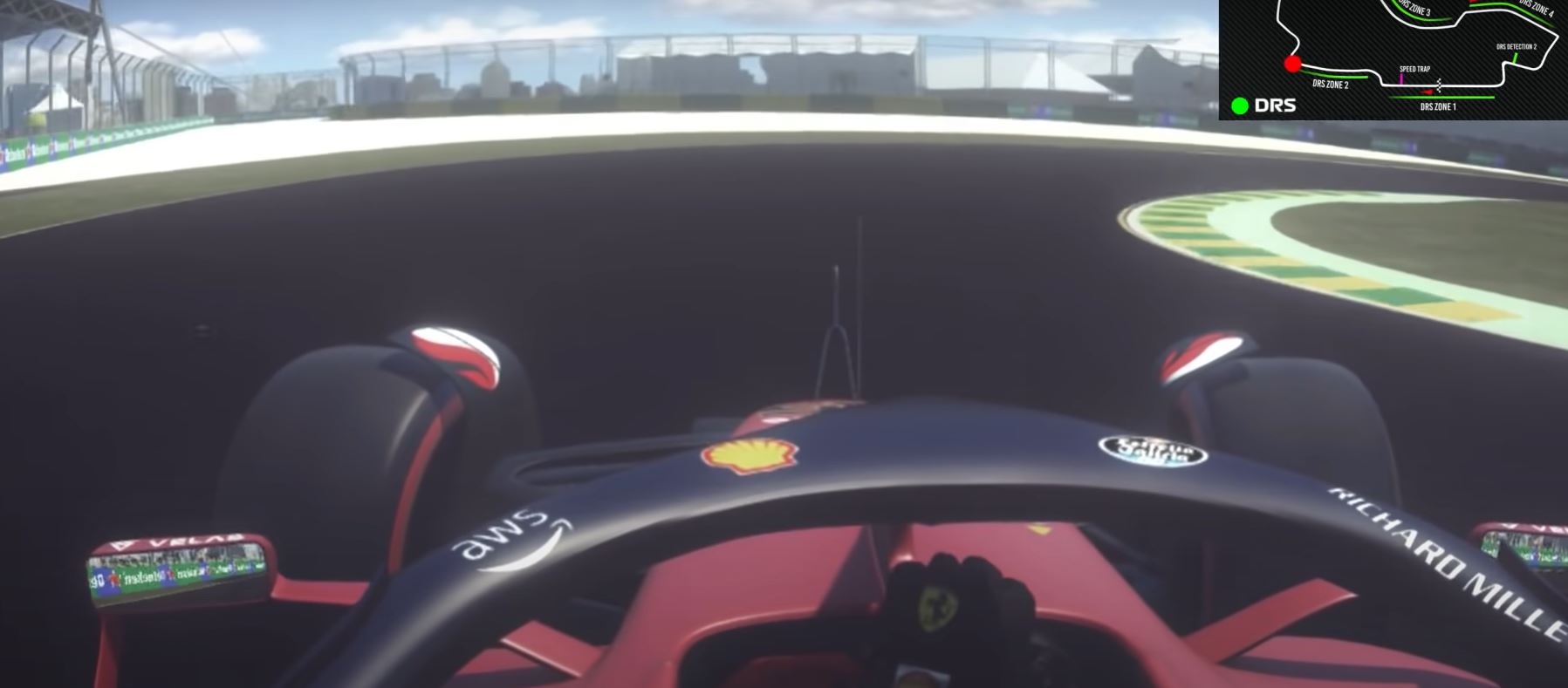For the first time in three years, Formula 1 will take to the streets of Melbourne for a championship grand prix, two years after the 2020 race was called off due to the escalating COVID pandemic.
Following a positive test for one of its team members, McLaren pulled out of the event two years ago, before Sebastian Vettel, Kimi Raikkonen and Max Verstappen all headed home, adamant that it was unsafe to race.
READ: ‘It’s enough’: Marko jokes he wants Ricciardo to overcome McLaren struggles, but with one caveat
Sir Lewis Hamilton suggested that the reason for F1’s presence in Melbourne was for financial gain with his “cash is king” comment, and the event was called off hours before the first practice session was due to get underway.
It was then cancelled last year too and, during its time off the calendar, the organisers and contractors have been hard at work redesigning the layout to make for better overtaking opportunities.
Ahead of this weekend’s Australian Grand Prix, a YouTuber has fired up Assetto Corsa to take a trip around the new layout of the Albert Park Circuit in Carlos Sainz’s Ferrari F1-75.
The apex of Turn One is visibly wider and easier to navigate as it has been widened by 2.5 metres to allow cars to go side-by-side more easily.
This may also prevent some of the nasty and inevitable collisions we have seen off the start in previous years as the cars converged on the apex of the corner.
There is now a cleaner, smoother run through Turn Two down towards Three, which has been reeled in to encourage a greater variation of lines.
As a result, drivers may well be seen taking a later apex through the corners, and it can therefore be utilised as an overtaking spot.
Turns Four and Five have remained the same as in previous years, but Turn Six has also been cut back to provide a smoother run through the chicane that includes Turn Seven.
A remarkable 7.5 metres have been added to the track space at those corners, and estimations therefore predict that the complex should be 70kmh quicker than before.
The reason for this is the abolition of the Nine and 10 chicane, which has been replaced by a long, flat-out right hander at Turn Eight, leading to a kink and the newest of the four DRS zones this year.
READ: FIA respond to Ferrari boss’ demand, call for ‘clean’ title battle
Turn Eight is now expected to put 5.4G on the drivers’ necks as they traverse the kink head onto the back straight towards the high-speed chicane at the end of the middle sector which will now be Nine and 10 instead of 11 and 12.
That section of the circuit has remained the same, but Turn 11 at the end of the fourth and final DRS straight has been widened by three metres to encourage more overtaking, as the positive camber makes for a slightly more pragmatic exit after completing a pass.
Finally, Turn 13, the penultimate corner, has also been widened by 3.5 metres to provide more space on the apex, thus giving more penetrable room for drivers to attack and gain a place.
The final corner has remained the same as it feeds back onto the main straight.
The two detection zones for the four DRS straights can be found just before the braking zone of the penultimate corner, and midway through the more open chicane of Six and Seven.

